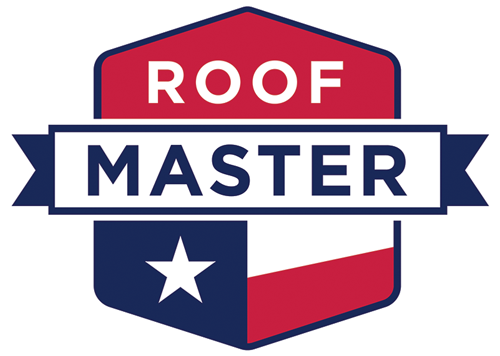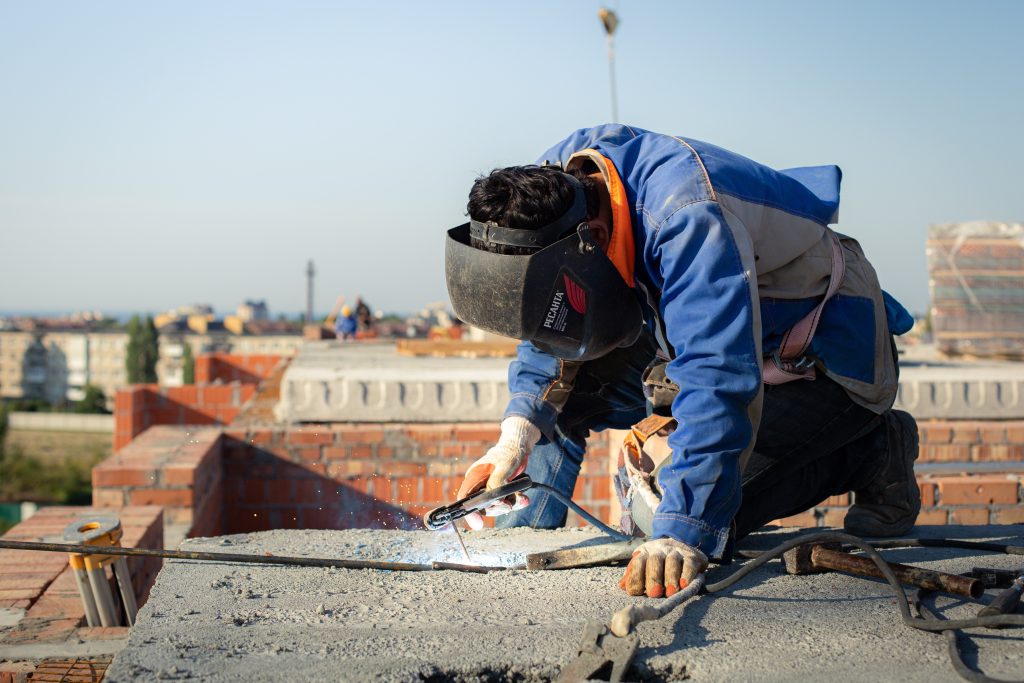Homeowners install a roof deicing cable to prevent the formation of ice dams during winter. Without this essential tool, ice dams form on the roof, causing expensive-to-repair hazards like leaks and shingle damage.
The deicing cables are installed around the roof eaves to warm them and prevent snow from freezing again before flowing into the gutters. They are easy to install, but homeowners are advised against doing it themselves.
Before looking at the roof deicing cable installation process, we will first study how ice dams form and how the cable helps.
Let us get straight into it.
What are Ice Dams?
During winter, snow forms on the roof and accumulates. During the day or night, temperatures rise, and the heat gets to the roof, causing the snow to melt.
The snowmelt will then run down the roof towards the gutters and freezes near the roof’s edge, over the eaves. The ice forms a barrier for the melted ice on the roof to flow to the gutters. The freezing continues to other roof parts, including the roof overhang.
The barrier could lead to complete roof coverage by snow, which then sips through the shingles. Any ice that melts and finds its way beneath the shingles could cause rotting of the other roof materials, like the wooden rafters and seams.
Water also leads to shingle weakening resulting in leaks and damage on the walls. Luckily, deicing cables help homeowners protect their roofs from this problem.
How Roof Deicing Cables Work
If your home is in a cold region, roof deicing cables are your solution to ice dams. They are installed around the roof eaves and within the gutters to warm the areas and prevent issues.
With the deicing cables, the melted ice will be able to find its way into the gutters without refreezing. The wires are insulated electric heating wires that resist UV rays, moisture, and impact.
Their main objective is to deice the roof, but you can keep them installed even in the warm months like summer and spring. Roof deicing cables installation is easy, but homeowners should avoid DIYs.
The installer secures the cable with strong and durable clips, and the wires stay in place for years. Besides, they are easy and cheap to maintain.
Tips for Installing Roof Deicing Cables
Before the actual cable installation, it is essential to note that the wires are in a zigzag pattern along the roof eaves and gutters. You must then connect the cable to a source of electricity which warms it up and spreads the heat to the surrounding areas.
When ice on the roof melts due to heat from the rooms and starts flowing down, it will not freeze on the eaves. Therefore, there won’t be an ice dam blocking the water from flowing to the gutters.
Homeowners should first know the length of the deicing cables they need. You should also have an outdoor electrical outlet to connect the wires. Avoid using extension cords with these cables.
For maximum safety, buy your cables from a reputable company. Their products are less likely to fail because they have passed the required tests on safety. Ensure you hire a qualified roof deicing cable installer to do the work.
Most homeowners tend to DIY their home improvement projects, but only consider doing it yourself if you have the skills and experience. Installing deicing cables incorrectly can lead to fire outbreaks and electric shocks.
Also, ensure your cables are not old and deteriorated. Most deicing cables live up to five years, so you should consider replacing them.
Installation Steps for Deicing Cables
If you just bought your roof deicing cables, follow these easy installation steps to fix them.
Step 1: Measure the Cable
You need to know how much cable you will need, so begin by measuring your roof. Measure the roofline and the depth of the eave overhang from the end of the roof towards the outside wall.
Also, measure the distance between the edge of the roof, the cable’s starting point, and your electricity switch. Ensure the dimensions are correct and add them to get the total length of the line.
Step 2: Install the Cable
Choose a dry, windless day to install the cable. It is easier to attach clips on warm shingles than cold ones. Also, avoid installing the heating cables when the roof has snow or during winter.
Start by installing the cables from the main switch to a shingle that is high up in the roof. Attaching the wire to a further away shingle ensures it will cover the roof overhang. Keep the cables in place using the cable clips they came with.
Step 3: Form a Loop
Run the cable from the top shingles down to the gutter to form the first loop. Fold it at an angle to form a loop that extends into the gutters and use the eave clips to attach it to the edge of the shingle. Continue the loop pattern to get a zigzag pattern and secure the cables on the shingles.
Step 4: Plug in the Cables
Once you finish the installation and are sure about your work, plug in the cables to the socket. If they are working correctly, turn off the switch until it snows. Also, instead of installing the wires when it is not snowing, keep them unplugged to conserve energy.
Deicing Cables Have Downsides
Besides the benefits of a dry roof from deicing cables, these cables have some disadvantages. For example, they might not be effective on the entire roof. You might notice some patches of snow, which you have to figure out how to clear.
The cables use a lot of electricity, increasing the energy bills. Besides, some cables use more energy when there is a temperature drop, costing you additional resources. Alternatively, you can install a system that switches off when there is no ice.
Final Words
Although the roof deicing cables have disadvantages, they are worth the investment. It is easier to buy electricity than to replace an entirely new roof. The good thing is that you have an installation procedure that will help you. Besides, you can get professional guidance at Roof Master.
Contact us today to talk to one of our professionals about your roof deicing project.



